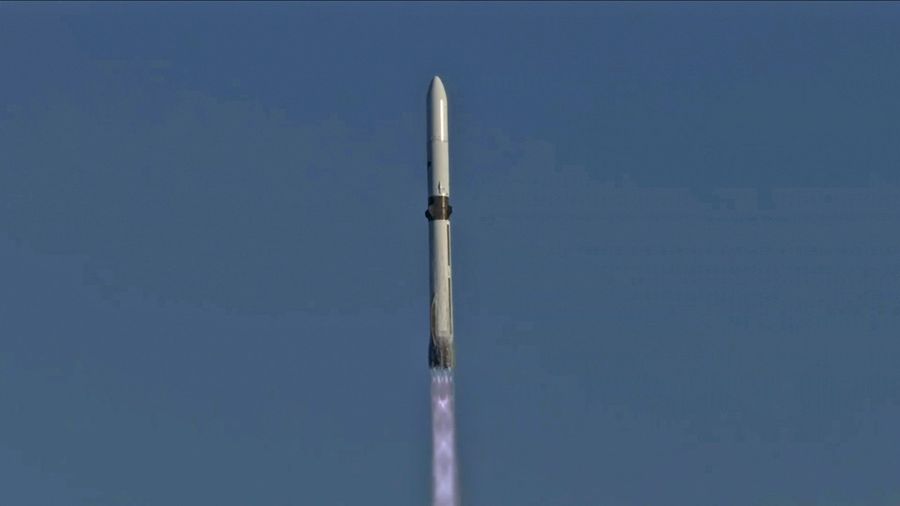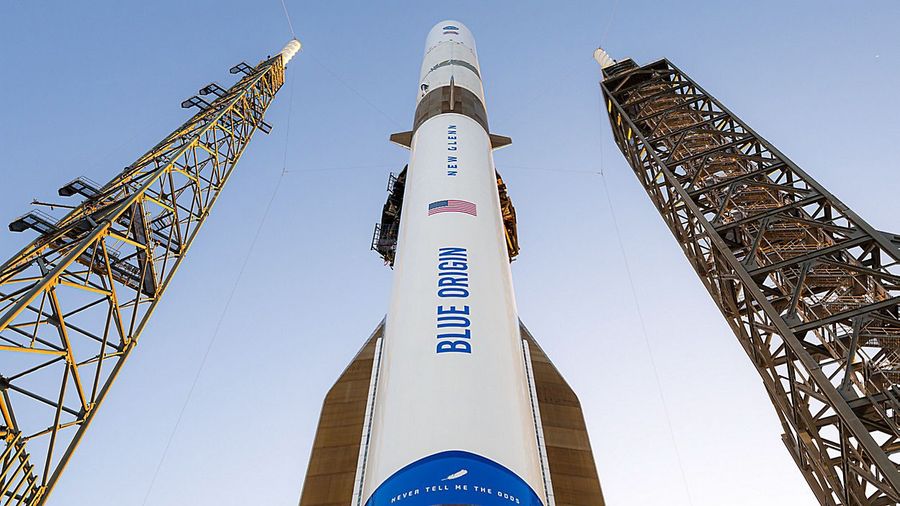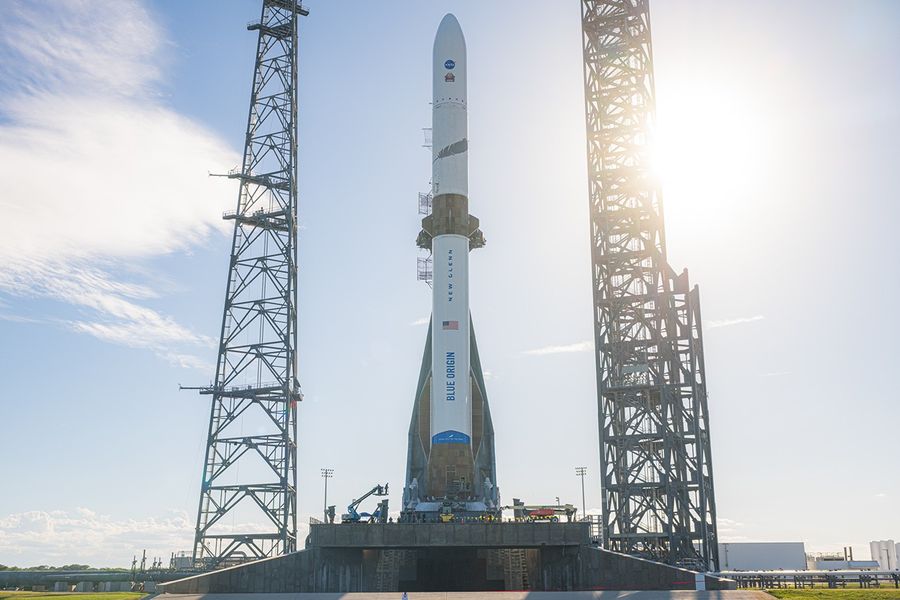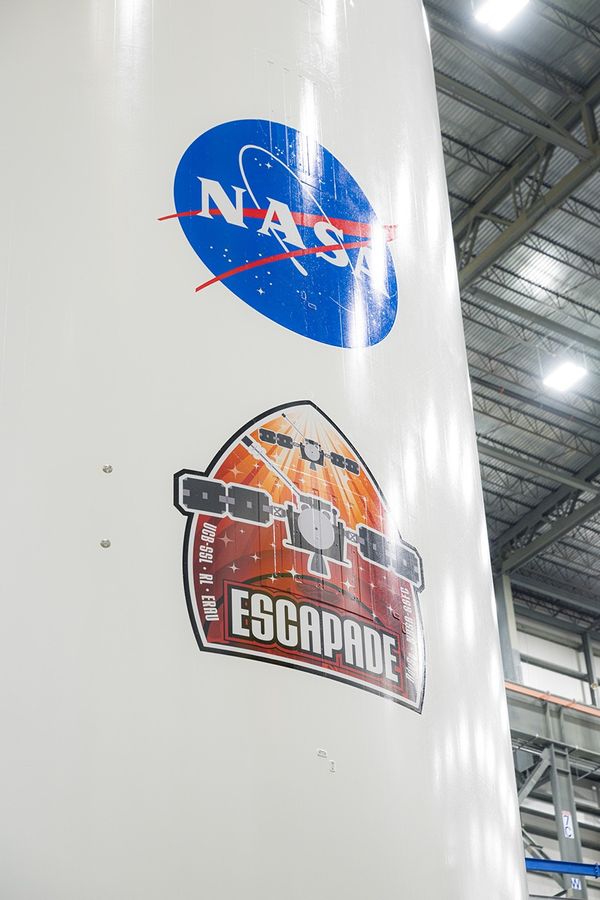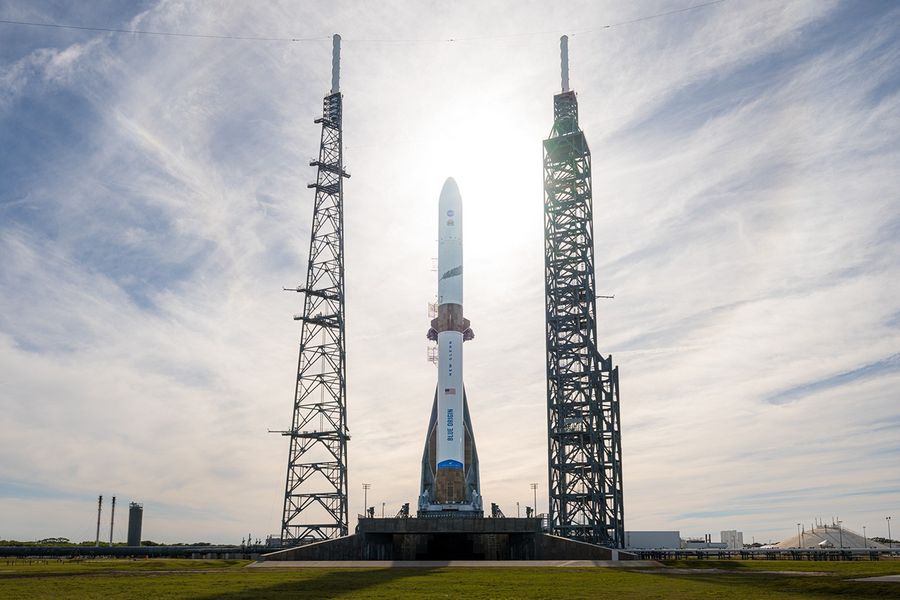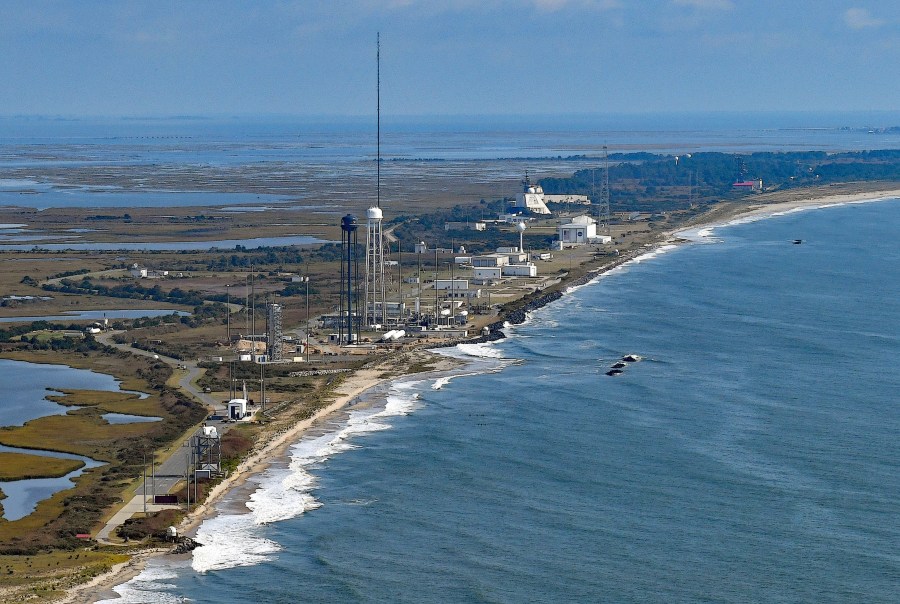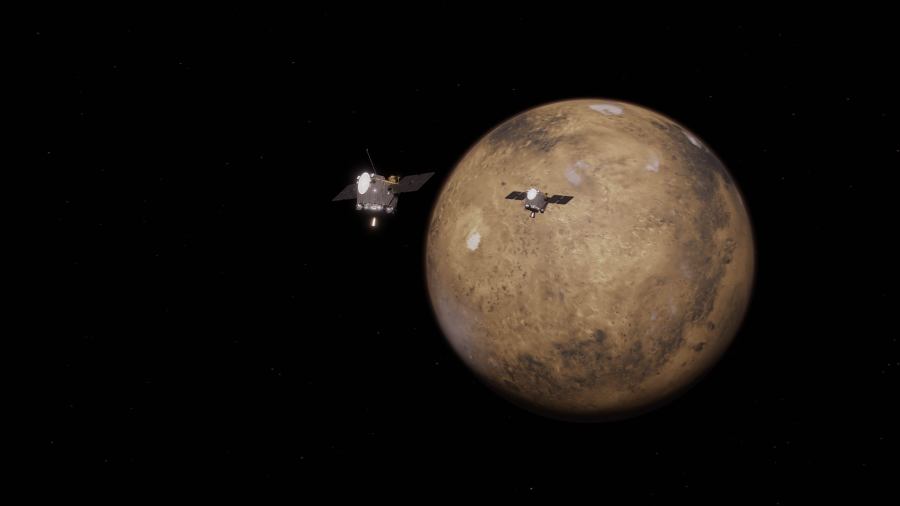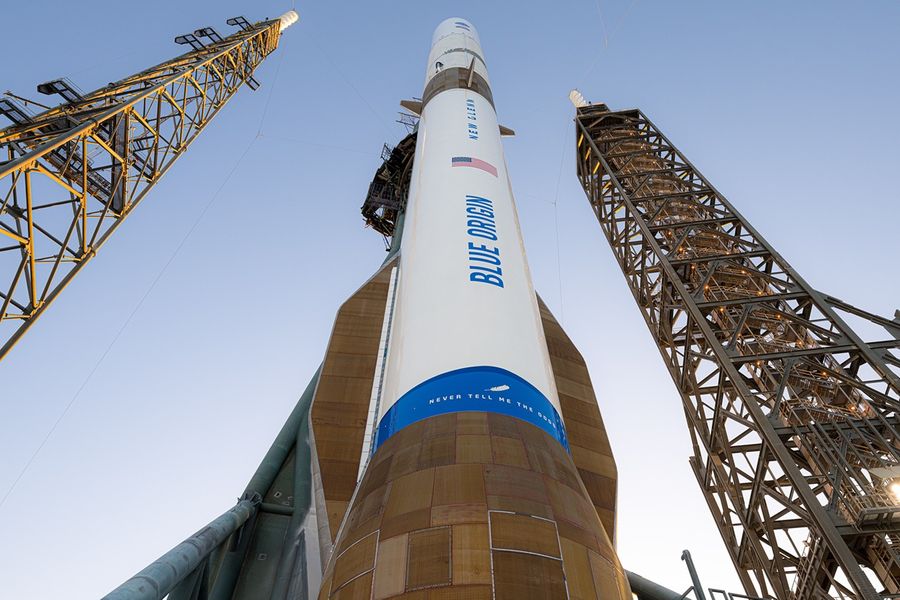NASA’s ESCAPADE (Escape and Plasma Acceleration and Dynamics Explorers) twin spacecraft have begun the journey to Mars, lifting off aboard a Blue Origin New Glenn rocket from Launch Complex 36 at Cape Canaveral Space Force Station in Florida at 3:55 p.m. EST. In the next few minutes, the rocket will undergo a series of […]
Liftoff! NASA’s ESCAPADE Begins Journey to Mars
